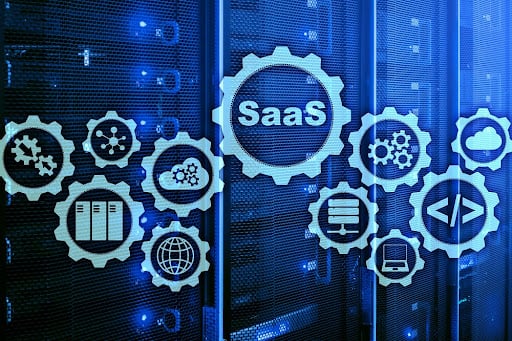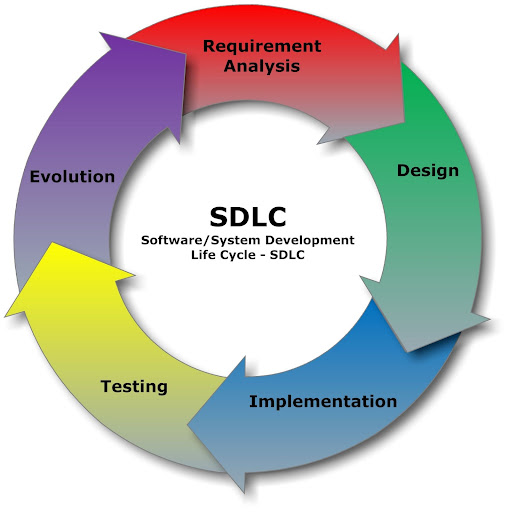Can you relate to any of the below statements?
- SaaS is an ideal choice for my business, though I am concerned about security threats.
- SaaS is the future of business, but I am not sure where and how to get started.
- SaaS is terrific for my business, but what are the shortcomings and how do I ensure SaaS security.
If you are a SaaS business owner or looking for a SaaS management platform, you might be able to relate to all the above statements.
Not long ago, the Equifax data breach in 2017 severely impacted 148 million customers. It happened due to a loophole in one of the business websites.
SaaS application security is one of the most prominent concerns amongst businesses at all levels.
The alternative isn’t too intricate and lies in embracing SaaS security best practices. In this blog, we will cover some of the most critical challenges, SaaS security standards, and map out a SaaS security checklist.
What is SaaS Security?

SaaS security is a cloud-based security devised to protect critical data carried by Software as a Service applications. It is a defined set of practices followed by businesses that store data in the cloud. This information is often business critical and related to their customers and/or their organization.
Though, SaaS security is not the exclusive responsibility of the business using the cloud service. As a matter of fact, the customer and the service provider share the liability to follow the SaaS security guidelines. Moreover, it is an integral part of SaaS management.
In the next section, read more about the best practices for SaaS security and how they can be aligned with your SaaS management efforts.
Best Practices for SaaS Application Security
It is important to assess the security threats related to SaaS management software to adopt top-class SaaS security practices.
In order to ensure utmost safety of your SaaS applications, you need to determine the sensitive spots and know the ideal solution to protect against SaaS security concerns.
Here’s a list of the best practices to enhance SaaS application security.
SaaS Authentication
Cloud providers manage authentication in different ways, making it intricate to identify how users should be given access to SaaS resources. Some Cloud vendors offer integration with identity providers that the customer can handle including Active Directory along with Security Assertion Markup Language, OpenID Connect and Open Authorization. Moreover, some Cloud vendors offer multi-factor authorization but some don’t.
In order to access different SaaS offerings, it is imperative that the security team has a clear understanding of the services used along with supported options. With the help of this context, admin can determine the ideal authentication method to meet business requirements.
One of the best options is to go with a single sign-on(SSO) linked to AD. This is only possible if the SaaS provider offers support. Due to this the account and password policies correspond to the services required for the SaaS application.
Enable Data Encryption
The Channels required to engage with SaaS applications generally require a Transport Layer Security (TLS) to protect in-transit data. Some SaaS providers also provide encryption options to safeguard business-critical data at rest. Now, this feature can already be present or may require you to enable it.
Analyze the current security steps of each SaaS service used by the business to identify if data encryption is an option. If it is, you must ensure that encryption is enabled when need be.
Identity and Access Management
Most businesses use an IdP or an SSO and generally have a policy to use one of these two options for the employees to access the app. By doing so, the IT team can manage SaaS cybersecurity to manage access control. Irrespective of the policy, most employees tend to use logins and passwords.
It is important to understand and execute the IAM method so that the IT team can mitigate any impending security threats. Conventional SaaS security offerings do not provide this kind of data but the new-age SaaS security platforms are well-equipped to handle this type of data.
Moreover, all SaaS applications do not support an IdP or the SSO integration and hence IAM enforcement with conventional security products is not feasible.
Consider CASB Tools

Sometimes, a SaaS provider that you choose may not be able to offer a high-level SaaS security for your business needs. If there is no possible solution, it is best to integrate Cloud Access Security Broker (CASB) tools.
It enables your business to include a layer of enhanced security controls not available for your SaaS application. While choosing a CASB (proxy or API-based tool) it is crucial to fit your current IT architecture.
Leverage SaaS Security Posture Management (SSPM)
By leveraging SSPM, you can prevent any impending security threats to your SaaS applications. A good SSPM solution can endlessly monitor SaaS applications to determine any shortcomings in security policies and the security posture. It enables you to find and resolve security threats in SaaS applications. Moreover, you can emphasise on security threats and vulnerabilities by urgency.
SSPM offers the following benefits:
- Auto tracking of SaaS security threats – it is possible to track security posture across different SaaS platforms and prioritise it by severity.
- Auto assessment – You can get a detailed analysis of every possible risk and recommended plan of action.
Integrating Security in SDLC Process

Incorporating security in the entire SDLC method enables a security review at each phase of the cycle. It inevitably helps build a secure application and it gets easy to implement secure coding best practices during code reviews.
Implementing security guidelines can potentially mitigate security threats and any major obstacles. It is best to leverage an amazing static application security testing (SAST) tool to assess your application source code and expose any possible security loopholes.
Secure Deployment
Deployment is possible on both a public cloud or using a SaaS provider. When you opt for self-deployment, it is important to assess thoroughly and enforce satisfactory measures.
Though, if you choose a cloud provider like Google or Amazon, they take care of aspects like network security, data security, and more.
It is strongly advised to choose the security settings offered by the public cloud providers when deploying your SaaS application.
Final Thoughts
In a nutshell, SaaS security best practices provide the necessary protection from any kinds of security threats. The conviction to adopt these security best practices must be there at every organizational level. It creates a great sense of awareness among the staff and your customers. The coherent adoption of these best practices helps you maintain a dynamic SaaS application.
It is safe to say that using the right technology stack along with best practices makes SaaS a much better option than on-premise applications. What do you think? Let us know your thoughts in the comments section.
Interesting Related Article: “Saas Business Advantages“

